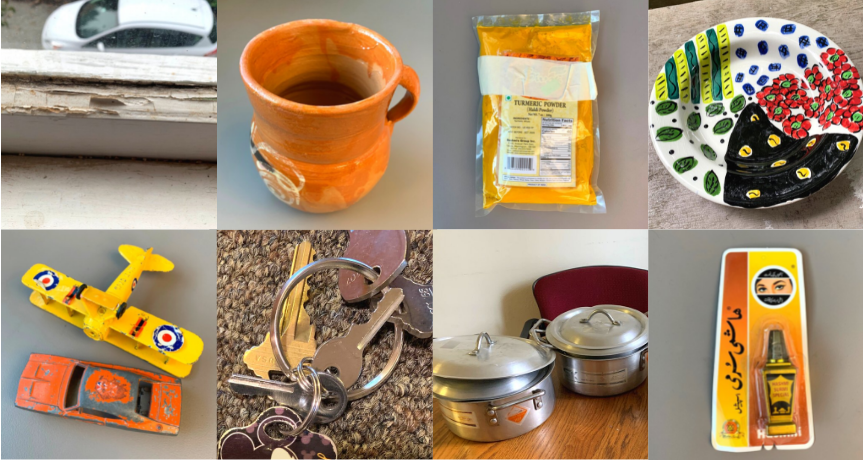
Lead exposure is a health risk – especially for young children. You can prevent poisoning and protect your family by learning about sources of lead exposure.
Children are natural explorers. They use all their senses to interact with their environment, often grabbing or putting things in their mouths. Curious hands and mouths help with learning and developing motor skills, but these behaviors can also increase a child’s risk of lead poisoning. Lead is a metal that occurs naturally in the environment, however it is also a poison, particularly for young children, when it is accidentally inhaled or ingested. Lead poisoning can result in nervous system damage, learning disabilities, decreased muscle and bone growth, and behavior issues.
Lead exposure can happen both in the home and outdoors. It’s important to be able to identify sources of lead to reduce or eliminate the harmful effects of exposure. Commons sources of lead include:
- Lead-based paint in homes built before 1978
- Cosmetics like surma, khol, and henna
- Old toys that are painted or metal
- House or car keys made of metal
- Imported cookware and pottery
- Imported spices and candies
- Work or hobbies like construction and painting
The Hazardous Waste Management Program provides support to families with children who have confirmed elevated blood lead levels (eBLL). With support through the Washington State Department of Health, our Residential Services Program (RSP) investigates cases of eBLL in King County and works with primary care providers to connect with families who are interested in a phone consultation or home visit* to test and identify possible causes of lead exposure.
One eBLL case that our team managed involved a child who lived in a 100 year old house. Lead-based paint is often used in homes built before 1978, so our staff instructed the guardian to safely take paint samples from a closet in the home. Our staff screened exterior areas of the house including the siding, window frames, and porch steps. Additionally, the guardian took samples of spices from the kitchen. Lab analysis showed a high concentration of lead in the paint and spice samples. Our team learned that the home had original windows so every time they were opened, lead dust was created from the chipping paint. The family also shared that the child crawled, played, and ate snacks on the hardwood floors near the windows. RSP staff concluded that the child was accidentally inhaling dust contaminated with lead and ingesting it by touching contaminated surfaces and putting their hand into their mouth.
In addition to installing new windows, the child’s caretakers followed our recommendations to toss contaminated spices and damp dust and mop once a week to reduce lead exposure. A few weeks later, test showed a dramatic decrease of lead detected in the child’s blood. In the following months, our staff actively monitored the eBLL case until the child’s blood lead level consistently remained below the threshold of concern and the case was closed.
Are you concerned that your child may have been exposed to lead? Talk to your doctor or health care provider. They may recommend a blood test. The only way to know for sure if a child has been exposed to lead is to have their blood tested.
Visit our Document Library to download and share information about preventing lead exposure in 13 languages. For additional resources and information, visit Seattle & King County Public Health Department’s webpage about lead at kingcounty.gov/lead.
* In-home visits were conducted in-person prior to March 2020. We are currently providing virtual home visits or a hybrid option. We follow all public health guidance to reduce the spread of COVID-19 and ensure the safety of the public and our staff.